How to Buy a Second Home
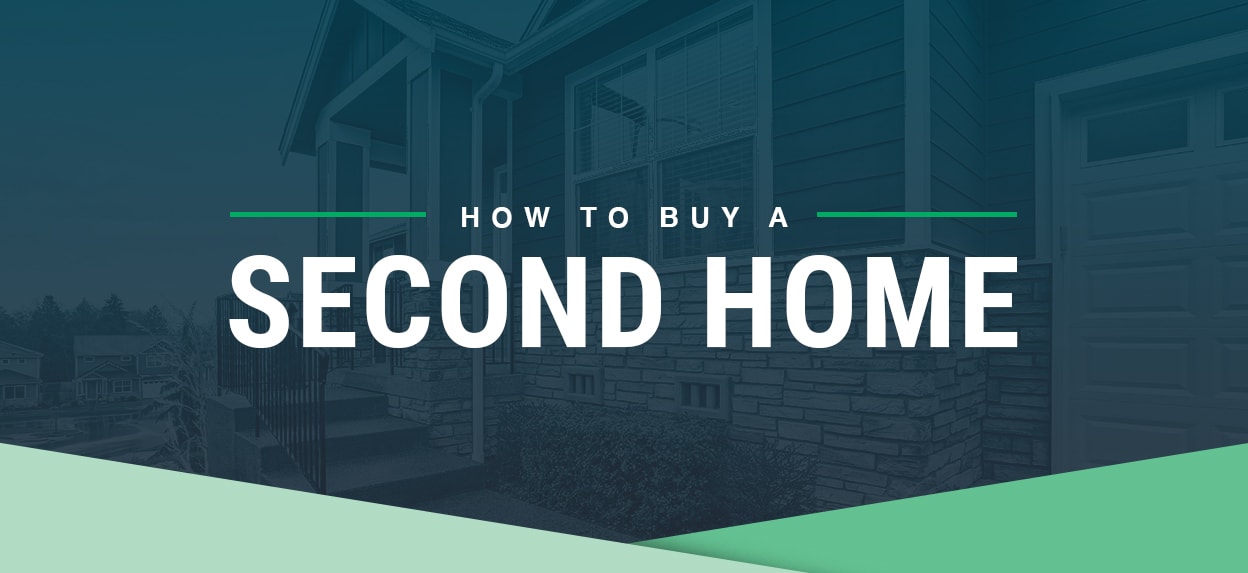
If you’ve purchased your first home – it must be going well! Since you’re looking into finding a second home – whether it’s an investment, a vacation home, or you just need more space, Neighborhood Loans can help you secure a second property! Regardless of the reason, if you want to purchase a second home, read below to learn everything you need to consider and know!
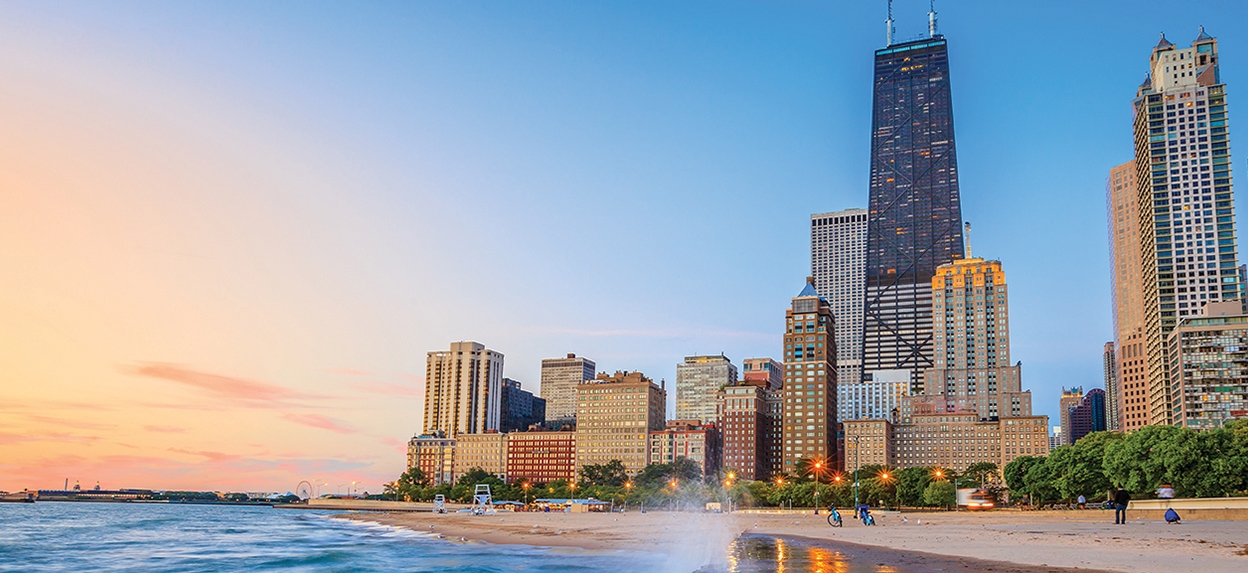
Finding the Right Location
When it comes to buying a second home, location is usually the most important aspect for the buyer. Are you hoping to spend time soaking up the sun at the beach? Or maybe a place near the mountains if you like hiking or snow sports! You can also consider a second property in one of the major cities if you’re already near one.
If there is someone else taking on the challenge of a second home with you, have a conversation with them about what preferences they might have! Once you have a general idea of where you’d like the second home to be – you can use the internet to your advantage and narrow down exactly where you want to purchase a home.
Finding the perfect place and home will take some time – and hiring a local real estate agent can help speed up the process. It can be difficult to find a home with everything you want when you can’t physically see it. This is where hiring a local real estate agent will come into play. Besides having an inside scoop on all the home details – they are one of the few people who will have the necessary details on the neighborhood and surrounding areas you need to make a final decision. Real estate agents are up to date on the town’s services and trends, ask them any questions you can think of that will help make your decision easier.
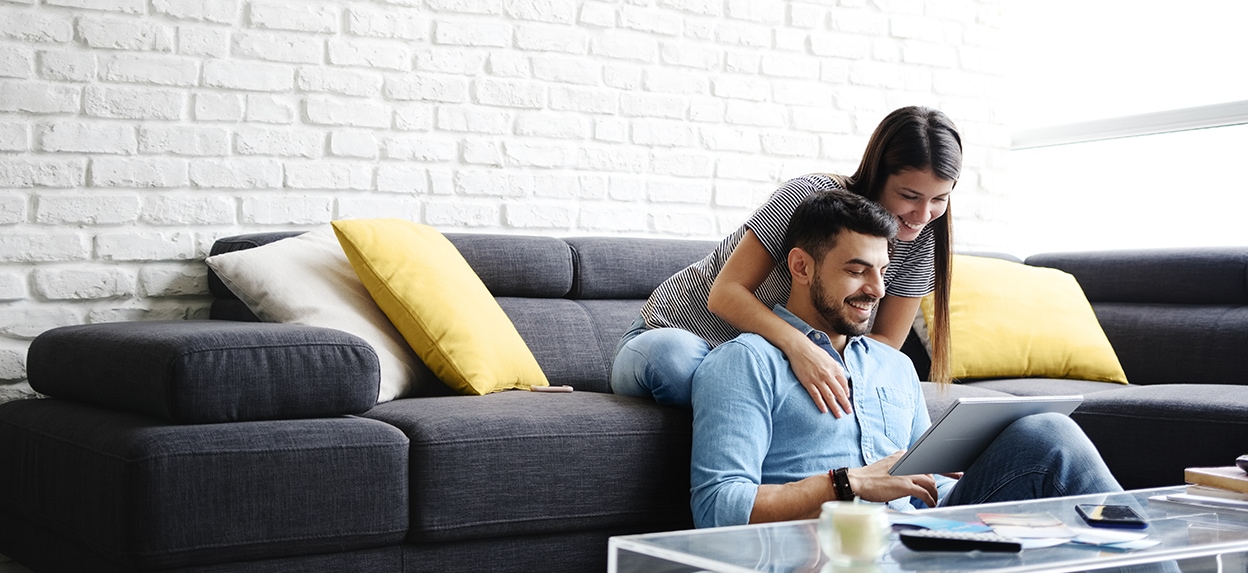
Think About Why You Want a Second Home
If you already know why you want to purchase a second home, that’s great! But if you’re still on the fence about how to utilize a second property, this information might help clear up what route you want to take!
If you’re thinking about buying a second home as an investment – this could mean a few things. You could be buying a home at a low price to update and resell – OR – you can buy a home to use as a rental property. Both are an option, and you can even do a combination of the two.
Keep in mind, when working with your lender to secure an additional property, the requirements will be different – and government-assisted loans are usually not an option here. If you plan on occasionally living in and renting out this property, it could still be considered an investment property.
If you’ve visited a specific place or vacationed with your family over the years – you might have considered buying a home and are finally ready to make it happen. There isn’t much difference in the mortgage process when purchasing a vacation home, but you might have to use a jumbo loan (depending on the price), and the requirements will be stricter compared to your first mortgage.
Most lenders will require a Debt-To-Income (DTI) ratio under 45%. You can do the math to factor in the cost of both mortgages and see if you still financially qualify for a second home. To calculate your DTI ratio, add up your monthly debts (including the estimated payment of your second home) and divide it by your monthly salary. If the number is under 45%, you should most likely get the green light from your lender if you meet all the other requirements. If you plan on relying on rent payments to help cover the cost of the second mortgage – you should discuss with your lender to see if you are financially ready to purchase a second home.
Finding a consistent renter can take time, and you need to be completely sure you can cover all the costs while dealing with the pros and cons of a rental property. Renters have rights and making sure the property is always up to code is a must. You’ll also have to have the right people in place to perform maintenance for the renters when requested. If you have more questions about rental properties, get in touch with Neighborhood Loans, we are happy to answer any of your questions.
Just like your first mortgage, you’ll be required to make a down-payment (usually at least 20%) and lock in your interest rate when you see fit. Lenders will see you as higher risk with a second property to your name and having a large stake in your second home will show you are a trustworthy and qualified borrower. Keep a tight budget in the months leading up to your transaction – as the other costs of purchasing a home can add up quickly. Don’t forget about potential homeowners’ association fees, property taxes, insurance, and all the other general upkeep costs that would come with a second home.
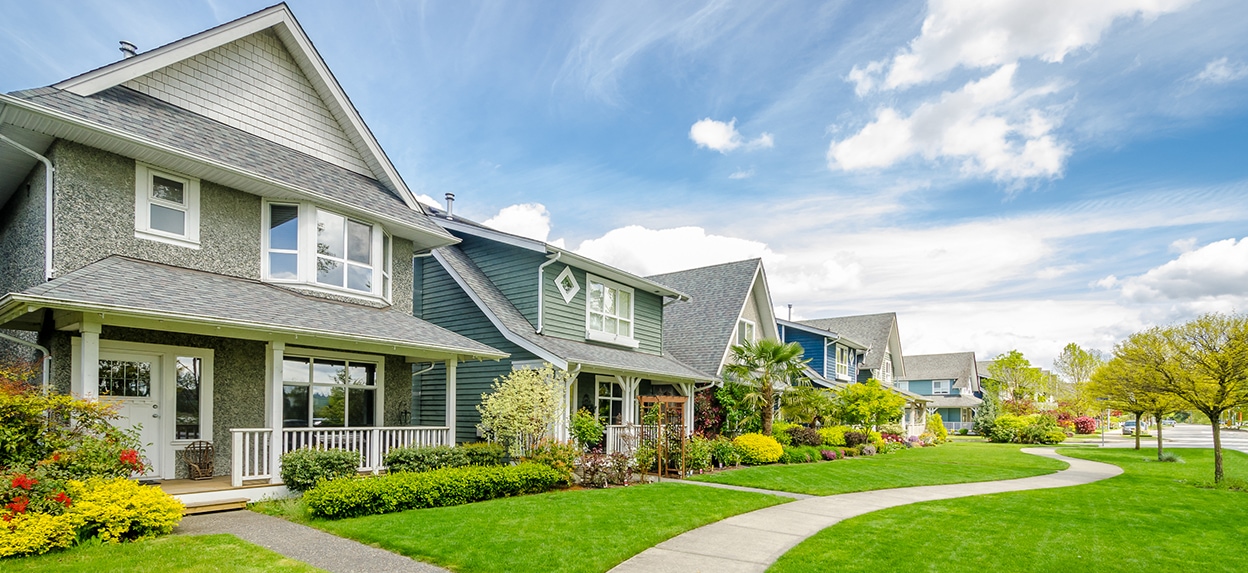
The Home Buying Process
Just like your first home, the process will not be much different. Working with your previous lender could help make the process easier! You’ll be familiar with what your loan officer did the first time and can prepare for what is needed ahead of time. You should still get pre-approved, work with a real estate agent, meet your lenders’ conditions, and close on the home just like any other mortgage.
When shopping for a pre-approval, it’s important to visit at least two different lenders. They can offer different rates, terms, and qualifying conditions based on your personal financial scenario. Getting pre-approved will give you an understanding of how much a lender is willing to finance. It will also layout any costs related to the transaction, helping you budget ahead of time.
Once you have a grasp on what type of second home you can afford – find a local real estate agent to help find your dream home or investment property. If you’re on the hunt for a real estate agent, use the internet to your advantage. Any well-established agent in the area will have a properly managed website with all the information you will need about them. Talk with a few agents to learn more about them, how they operate, and to get a sense of if you trust them. Make sure any agent, loan officer, and the lender you team up with are always working in your best interest!
Now that you’ve found the perfect vacation or investment property, you can start securing funding through a lender. You’ll have to meet any conditions the lender has set – providing required documents, securing title and homeowners insurance, getting the home appraised and inspected, and anything else they require.
When you’ve completed the lenders’ requirements, you’ll be able to close on the home and start designing it how you see fit for vacation life or renters. Don’t forget to do a final walk-through before you sign the documents that will transfer ownership to you.
Buying a second home is just like buying a first home – if you’re properly prepared for all outcomes, it should be a breeze.
If you need help figuring out what type of second home is best for you – talk to your lender or reach out to Neighborhood Loans today – we are looking forward to helping your dream of a second home come true. For more information about us – visit us online at www.neighborhoodloans.com or set up an appointment at one of our offices across the nation (www.neighborhoodloans.com/contact-us).
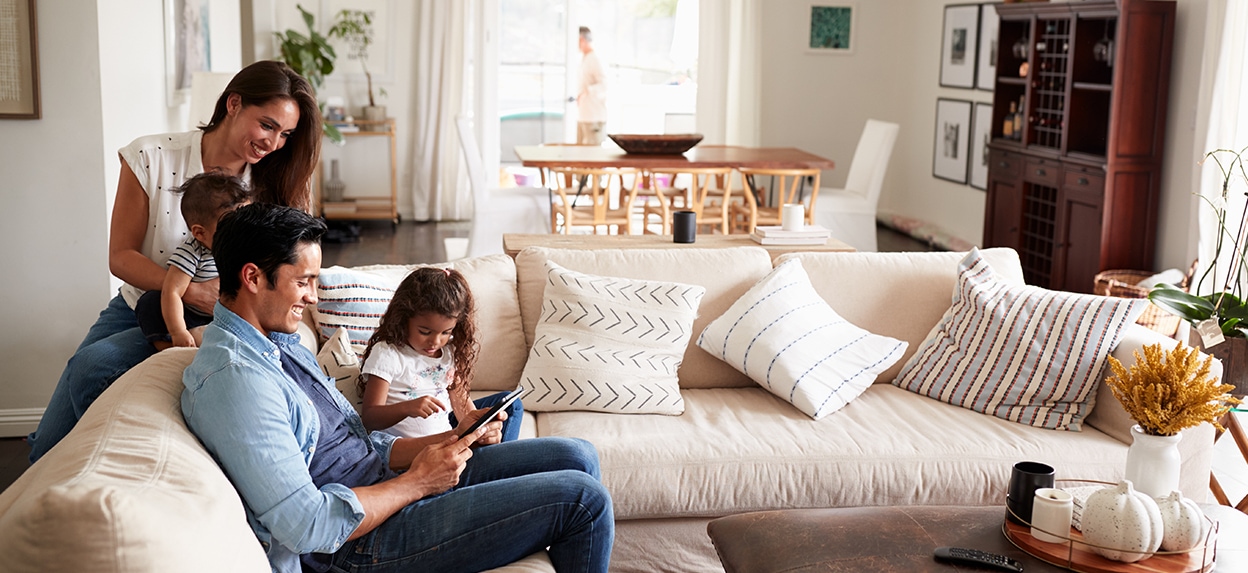
Frequently Asked Questions About Buying a Second Home
Can you put 5% down on a second home?
Most of the time, purchasing a second property will have stricter requirements. Lenders will see the transaction as high-risk and therefore require you to make a large stake in the home. Depending on your financials, credit score, and value of the property – you may be able to secure a second home with 5% down – but it is unlikely. Most mortgage programs that allow a down payment of 5% are government-assisted and are usually not allowed in this case. Lenders will generally require you to put 20% down or more on a second home.
How much second home can I afford?
To figure out what type of second home you can afford – you’ll have to take your current monthly expenses and add the estimated second mortgage payment into your current budget. If you can still comfortably afford your current lifestyle on top of another property, you should be able to qualify for a second home. As for the value, you’ll have to estimate based on how much money is left in your budget after monthly expenses. If you have room for another $1,500 mortgage payment and meet all the qualifications for a second home, you could secure a home that costs roughly $225,000 (30-year fixed, 20% down payment, interest rate, and APR of roughly 4.25%). Keep in mind, that a mortgage payment includes principal, interest, taxes, insurance, HOA fees, and sometimes more.
Can a second home be considered a primary residence?
The straightforward answer is, no. Your primary residence will be where you spend the majority of your time. If you plan on living in the second home more than the first, then you can most likely work something out. But if you’re just hoping to secure a vacation home or investment property, you won’t be able to list it as your primary residence.